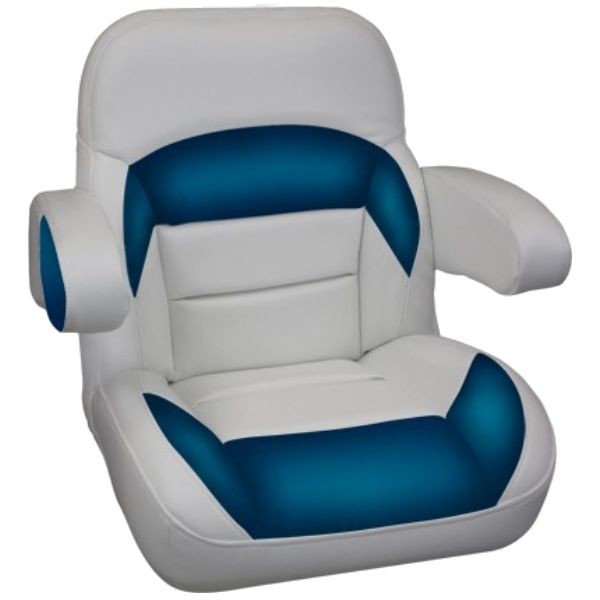Whether you’ve acquired a pre-loved boat or your once-pristine seats have fallen prey to the elements, restoring them to their former glory is essential for a comfortable and enjoyable boating experience. Repairing boat seats can be a daunting task, but with the right guidance and a bit of patience, you can transform dilapidated cushions into like-new seating.

Image: www.restorepontoon.com
This comprehensive guide will provide you with step-by-step instructions, expert tips, and troubleshooting advice to help you fix boat seats with confidence. From the initial assessment to the final touches, we’ll cover everything you need to know to restore your boat’s seating to impeccable condition.
Assessing the Damage: A Thorough Inspection
Before you dive into repairs, take some time to assess the extent of the damage. This will help you determine the necessary materials and tools to get the job done. Check for:
- Tears or punctures: Evaluate the size and location of tears or punctures. Determine if the damage extends through the fabric or only affects the surface.
- Fading or mildew: Sun exposure and moisture can cause fading or mildew. Determine if the discoloration is limited to the fabric’s surface or if it has penetrated deeper.
- Loose stitching or broken hardware: Inspect the seams and hardware for any signs of damage. Loose stitching or broken buckles can compromise the integrity of the seat.
- Water damage: Boat seats exposed to water damage may show signs of swelling, mold, or mildew. Determine the extent of water damage and assess the need for deeper repairs.
Choosing the Right Materials: Fabric, Foam, and Hardware
Selecting the right materials is crucial to the longevity and comfort of your boat seats. Consider the following factors:
- Fabric: Marine-grade fabrics are designed to withstand the harsh elements of the ocean. Choose a fabric that is waterproof, UV-resistant, and can resist wear and tear.
- Foam: Choose a foam that provides the desired level of support and comfort. Consider the density of the foam and its ability to retain its shape over time.
- Hardware: Opt for marine-grade hardware, such as stainless steel or anodized aluminum, to prevent rust and corrosion.
Step-by-Step Repair Guide: Professional Techniques for Flawless Results
Once you have gathered the necessary materials, follow these steps to repair your boat seats:

Image: homestylecustom.blogspot.com
Repairing Tears or Punctures:
1. Clean the affected area with a mild cleaner to remove any dirt or debris.
2. Apply a fabric adhesive to the edges of the tear or puncture, ensuring that the glue extends beyond the edges of the damage.
3. Carefully align the edges and press them together firmly. Hold them in place with tape or clamps until the adhesive cures.
How To Fix Boat Seats
Fixing Fading or Mildew:
1. Clean the discolored fabric with a mixture of water and a mild detergent.
2. Apply a marine-grade fabric cleaner specifically designed to remove stains and mildew.
3. If the discoloration persists, consider bleaching